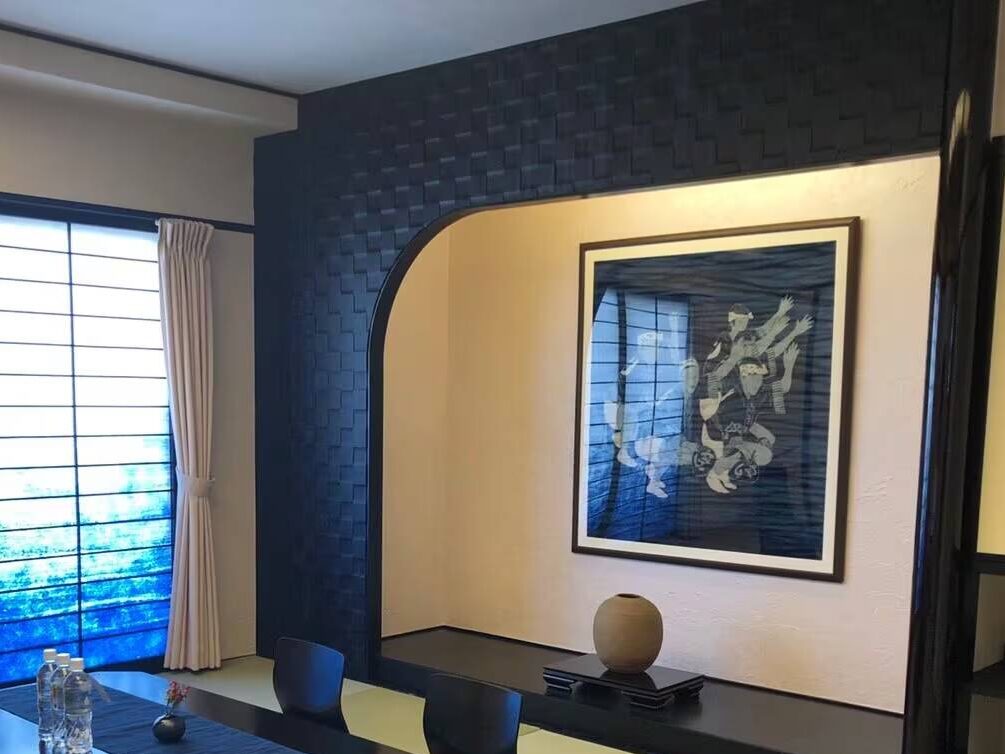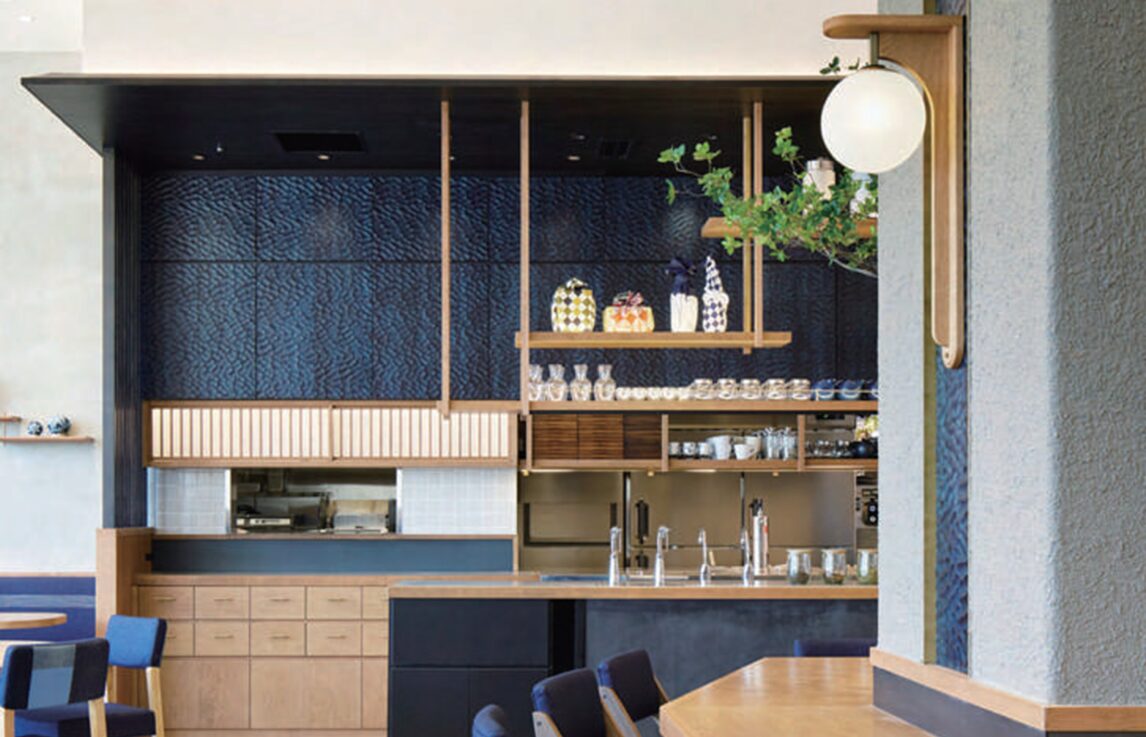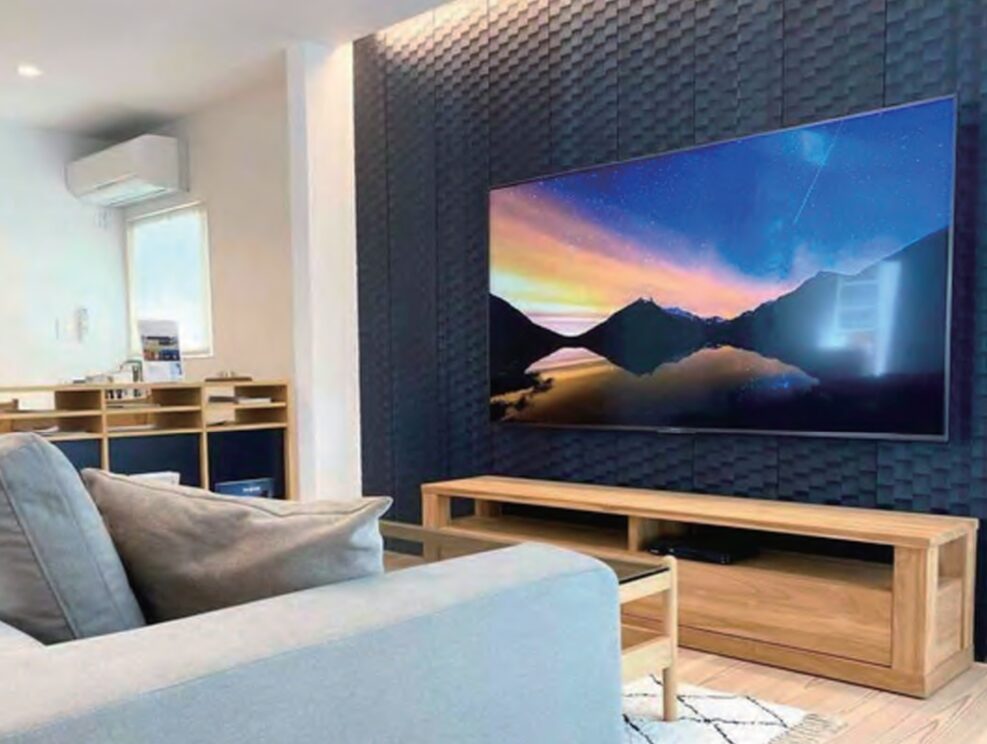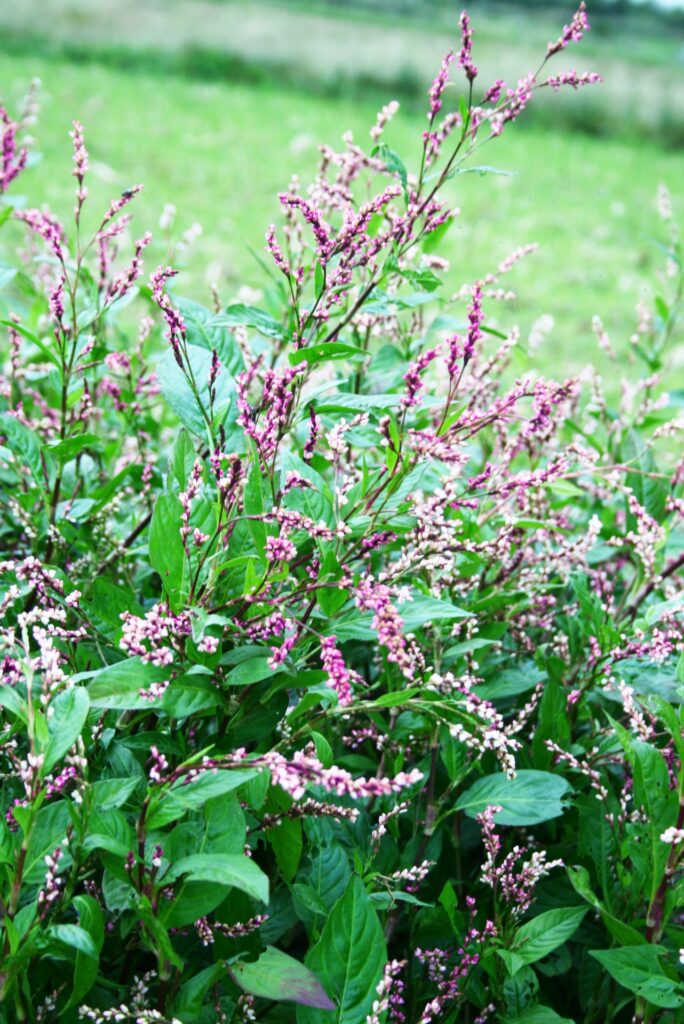
Tadeai (Indigo plant)
阿波藍とは
What is "Awa-Ai"?
藍染(あいぞめ)は、日本の伝統的な染色技法で、その深い青色は「JAPAN BLUE」として世界に知られています。特に徳島県(阿波国)は藍の主要な産地であり、徳島でつくられた「すくも(蒅)」は阿波藍と呼ばれます。また、原料となるタデアイ(蓼藍)の栽培からすくも作り(染料)までの工程は、すべて手作業で約100日間がかかります。
かつて高級染料として簡単に手に入らない阿波藍は、江戸時代(1603年~1868年)から広く普及し、一般庶民にも使われるようになりました。また、昭和43年に「阿波正藍染法」として、徳島県の無形文化財に指定され、現在服地やインテリア用品等の製品に利用されています。
Indigo-dye(Aizome) is a traditional Japanese dyeing technique, and its deep blue color is globally known as "Japan Blue." Tokushima Prefecture (formerly Awa Province) is a major producer of indigo. The Sukumo (the dye) produced in Tokushima is known as Awa-ai. The process, from cultivating the Tadeai (indigo plant) to producing Sukumo (the dye), is done entirely by hand and takes approximately 100 days.
Once a rare and expensive dye, Awa-Ai became widely popular during the Edo period (1603–1868) and was used by the general public. In 1968, the Awa Sho-Aizome method was designated as an intangible cultural asset of Tokushima Prefecture and is still used today in products such as fabrics and interior items.


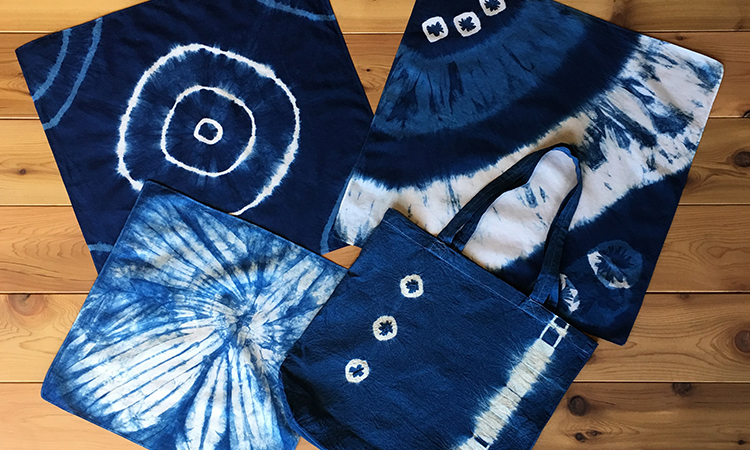
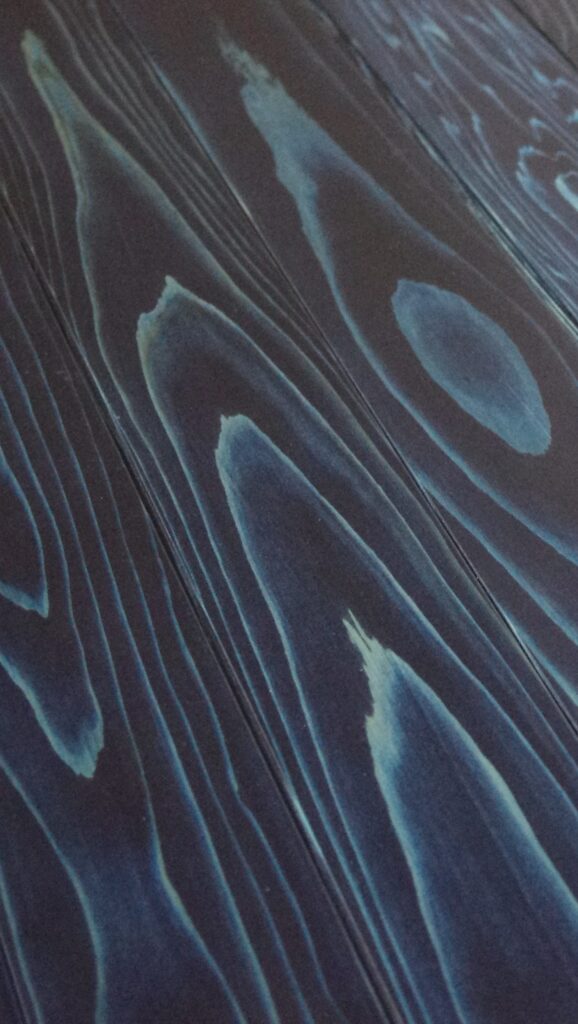
Indigo Cedar
「AOLA」藍染製品
Indigo-Dyed Products by AOLA
「AOLA」は、美しい藍染を作るために、徳島県南部の清流沿いの人里離れた地域で藍を栽培し、契約農家と協力して、畑の管理から藍塗料作りまで一貫して手掛けています。伝統的な製造工程で生産された藍をペースト状にし、それを染料ではなく顔料として扱うことで、塗料やスプレーとして使用できる「本藍塗装」という独自技術を開発しました。この技術を用いることで、建材やインテリア、小物などの木目を生かしながら、美しい藍色をまとった製品に仕上げることができます。
AOLA cultivates indigo in the serene, unspoiled countryside of southern Tokushima, working hand-in-hand with local farmers to manage fields and oversee the entire process, from cultivation to the creation of indigo materials. Through traditional methods, AOLA transforms indigo into a paste and applies it as a pigment rather than a dye, pioneering its unique "Natural-Indigo-Coat" technology. This innovation allows indigo to be used in paints and sprays, enabling the creation of building materials, interior designs, and small objects that showcase the natural beauty of wood grain, enhanced with a stunning indigo finish.
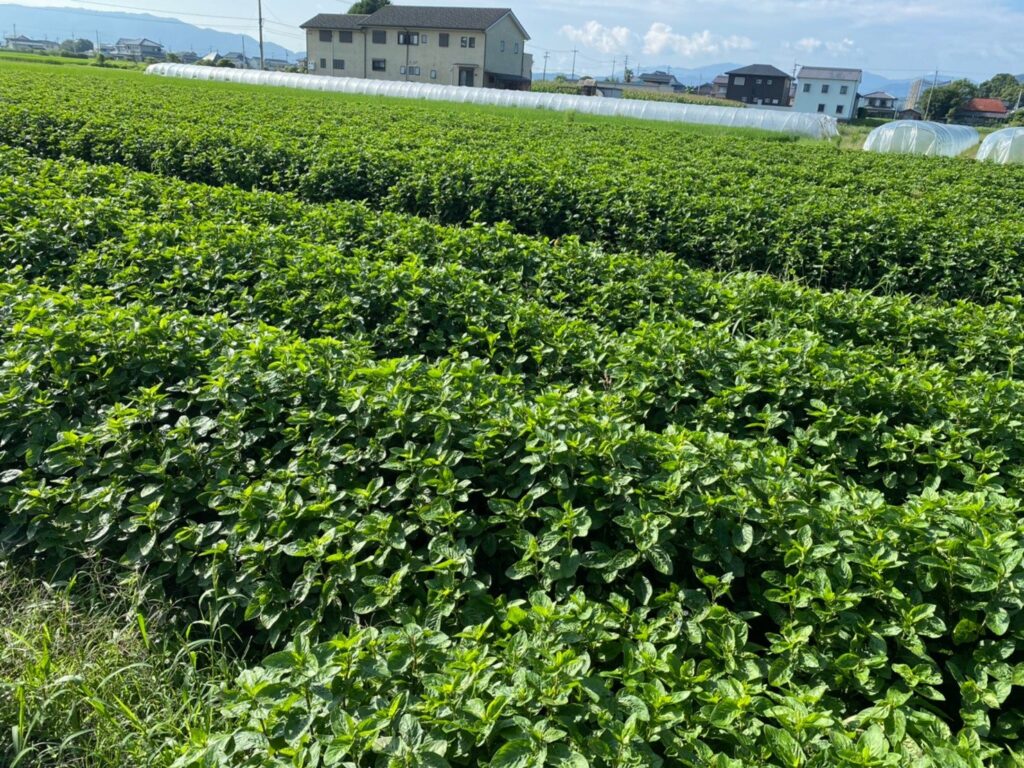

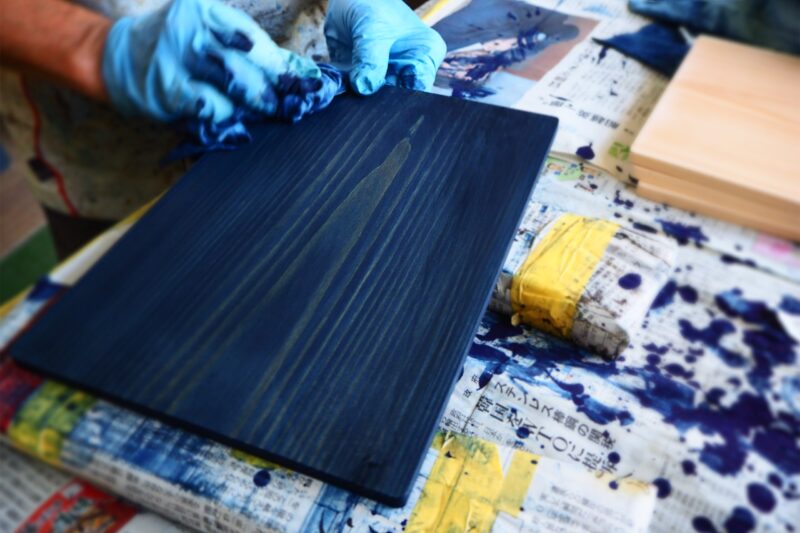
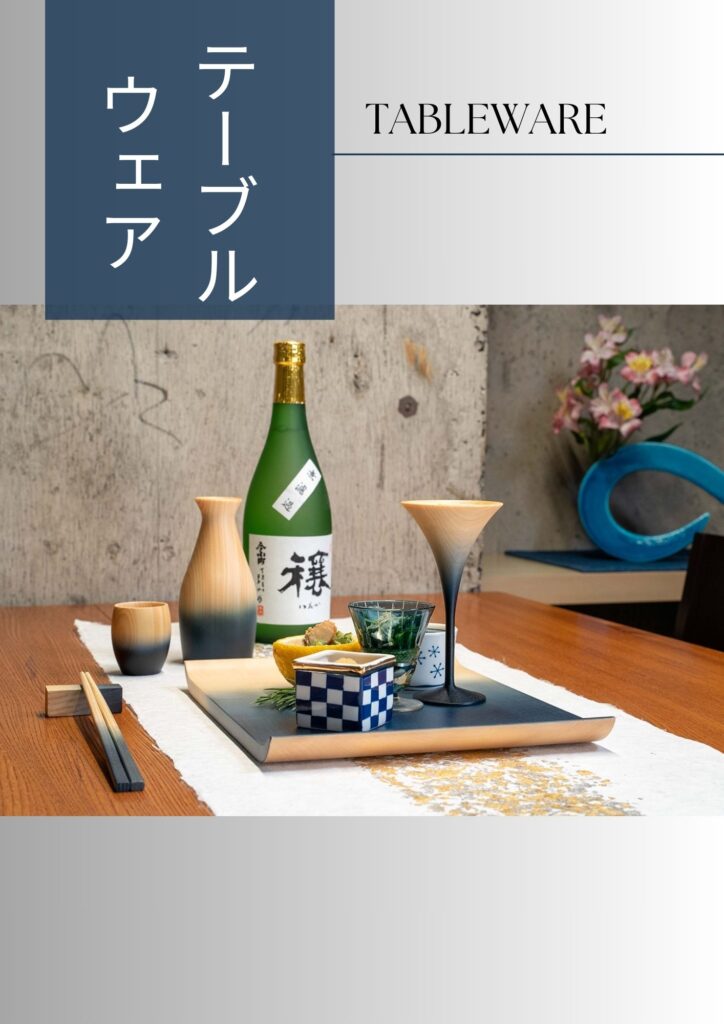
藍染テーブルウェア
Indigo Tableware
カップをはじめ、酒器、皿、コースターなど、豊富なバリエーションが揃いながら、さらに、ヒノキ、スギ、トチ、カエデなど、用途に適した国産材が選ばれています。
また、製品は世界で最も厳しいとされるイタリアの食品接触製品試験に加え、イギリスやアメリカでの試験にも合格しており、安心してお使いいただけます。
A wide variety of products are available, including cups, sake vessels, plates, and coasters. Additionally, domestically sourced materials such as Hinoki (Japanese cypress), Cedar, Thoch, and Maple are carefully selected to suit each purpose.
Furthermore, the products have passed Italy's food contact product tests, known to be among the most stringent in the world. In addition, they have also cleared tests in the UK and the USA, ensuring they can be used with complete confidence.
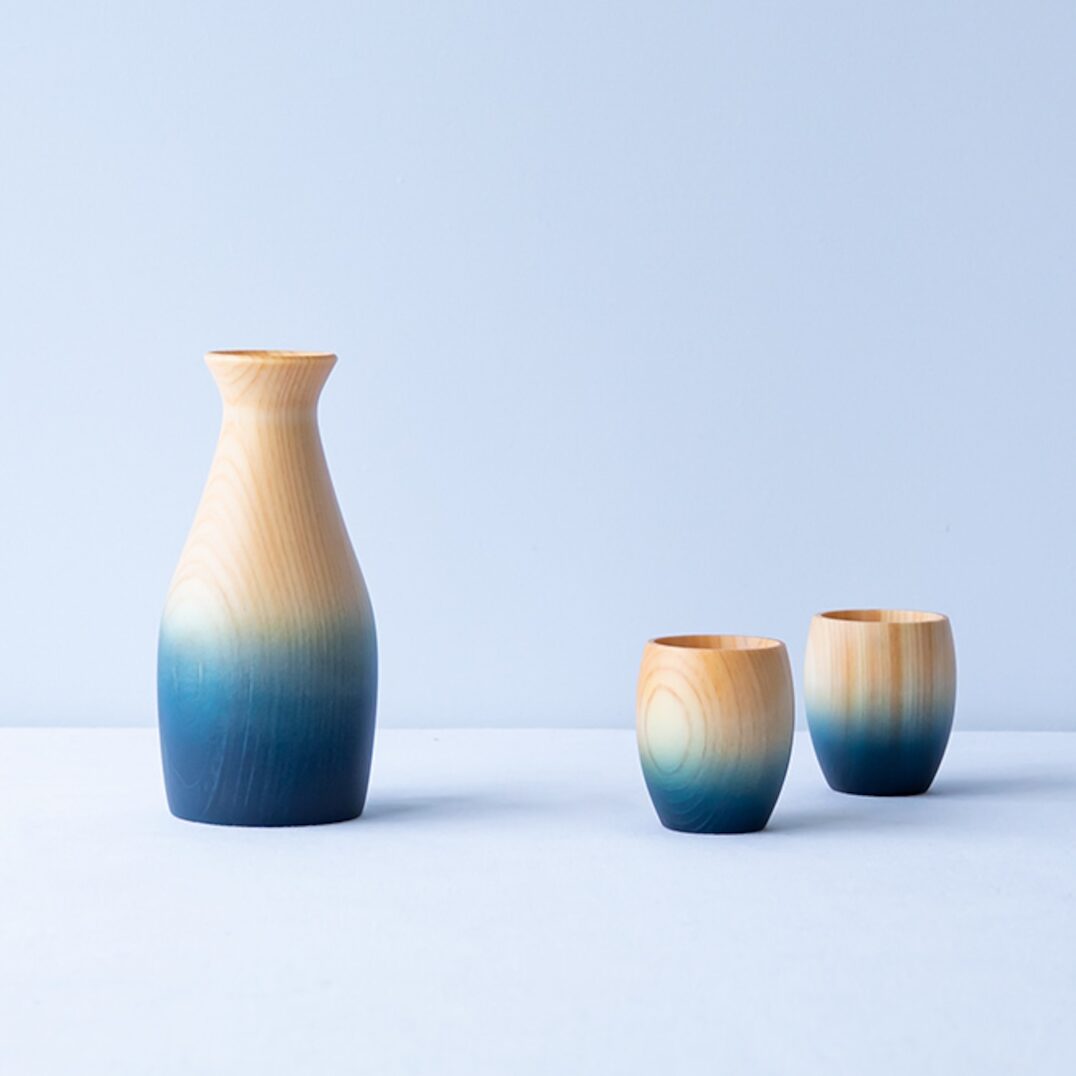



藍染建材―凛
Indigo Building Material-"RIN"
「凛」シリーズは、徳島県産の杉材と藍を組み合わせた、「JAPAN BLUE」を象徴する唯一無二の藍染建材です。建築基準法の不燃材規制への適合、重歩行に耐える耐久性、屋外使用の適性など、さまざまな規制要件を満たすことを目指して開発されています。
商業施設から一般住宅まで、用途を問わずあらゆる場所に取り付けることで、材料の持つ独特の魅力がユニークな空間を創り出します。
The "Rin Series" is a one-of-a-kind indigo building material that combines cedar from Tokushima Prefecture with indigo, symbolizing Japan's iconic "JAPAN BLUE." These materials are being developed to meet various regulatory requirements, including compliance with the Building Standards Act for non-combustible materials, durability for heavy foot traffic, and suitability for outdoor use.
From commercial facilities to residential homes, these materials can be installed in a wide range of spaces, adding a distinctive charm that creates truly unique environments.


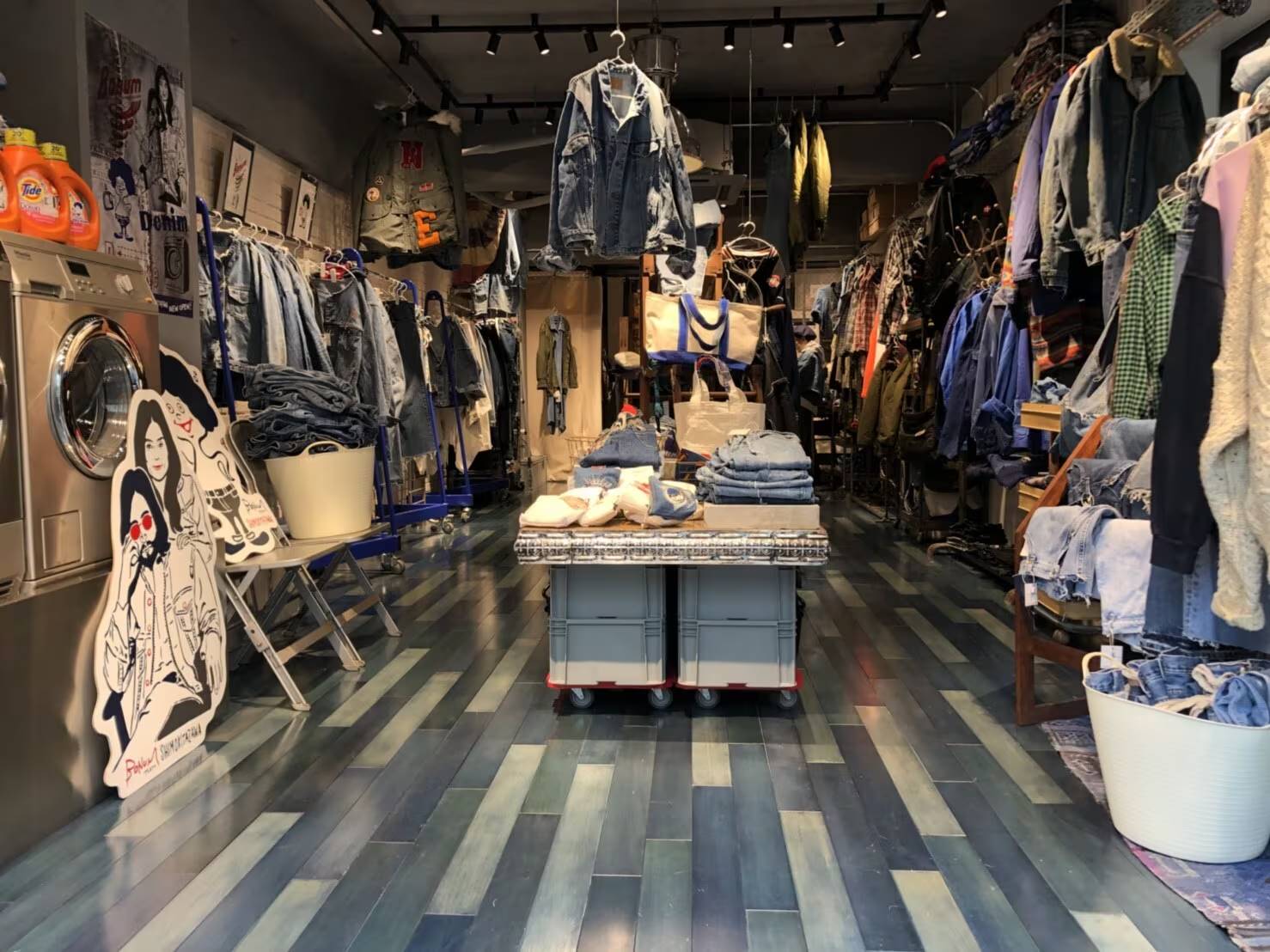
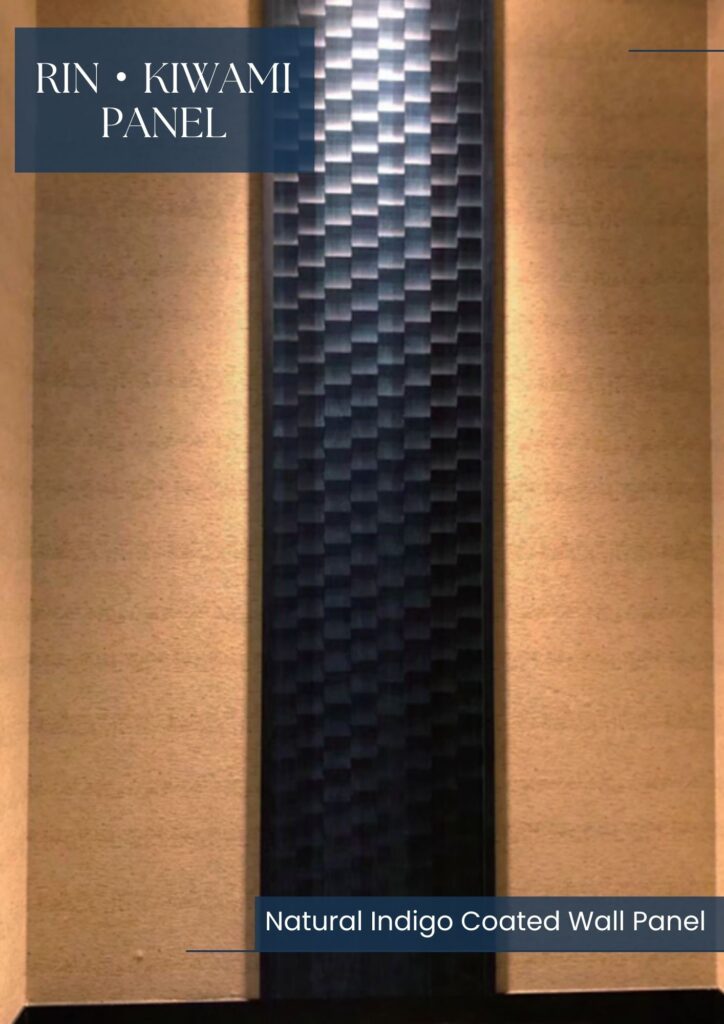
藍染建材―凛・KIWAMI
Indigo Interior Panel-"RIN・KIWAMI"
「凛・KIWAMI」は、材料の表面には、日本の伝統木工技術の一つである「なぐり」加工により、波状模様や幾何学模様の凹凸が生み出す躍動感のある雰囲気をもたらします。さらに、独自に開発した「本藍塗装」を施すことで、光と影が美しく調和し、より一層深みのある仕上がりとなります。
The surface of the material is treated with "naguri" processing, a traditional Japanese woodworking technique, creating a dynamic atmosphere through the undulating patterns and geometric shapes of the relief. Furthermore, by applying our uniquely developed "Natural-Indigo-Coat", the interplay of light and shadow is beautifully harmonized, resulting in a deeper, more refined finish.
